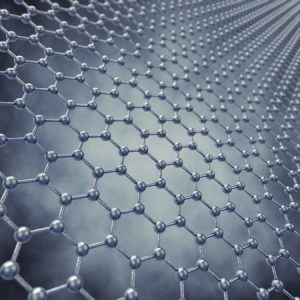 Recent advances in nanoengineering have allowed scientists at the University of Exeter to develop an innovative new technique that incorporates graphene into conventional concrete production. The graphene-infused concrete is reportedly twice as strong and four times more water resistant than traditional concrete mixes. It also reduces the amount of materials needed to make concrete by about 50 percent, which could significantly reduce the carbon footprint of large-scale construction projects.
Recent advances in nanoengineering have allowed scientists at the University of Exeter to develop an innovative new technique that incorporates graphene into conventional concrete production. The graphene-infused concrete is reportedly twice as strong and four times more water resistant than traditional concrete mixes. It also reduces the amount of materials needed to make concrete by about 50 percent, which could significantly reduce the carbon footprint of large-scale construction projects.
So what makes this experimental concrete so strong and durable?
Graphene is an emerging “supermaterial” with a wide array of industrial applications, many of which are only just beginning to be realized. It consists of a single layer of carbon atoms bonded together in a pattern of hexagons resembling a honeycomb. This unique atomic structure makes graphene the strongest material in the world. It’s also so thin that it’s technically classified as a two-dimensional material.
The researchers at the University of Exeter were able to incorporate this remarkable material into concrete mix by suspending it in water. The end result was a graphene-infused concrete that is low cost and compatible with current manufacturing requirements.
“This ground-breaking research is important as it can be applied to large-scale manufacturing and construction. The industry has to be modernized by incorporating not only off-site manufacturing, but innovative new materials as well,” said lead study author Dimitar Dimov in his comments.
Thanks to the efforts of Dimov and his team, graphene could make the concrete of the future even stronger, more sustainable and more water resistant than modern concrete mixes.
